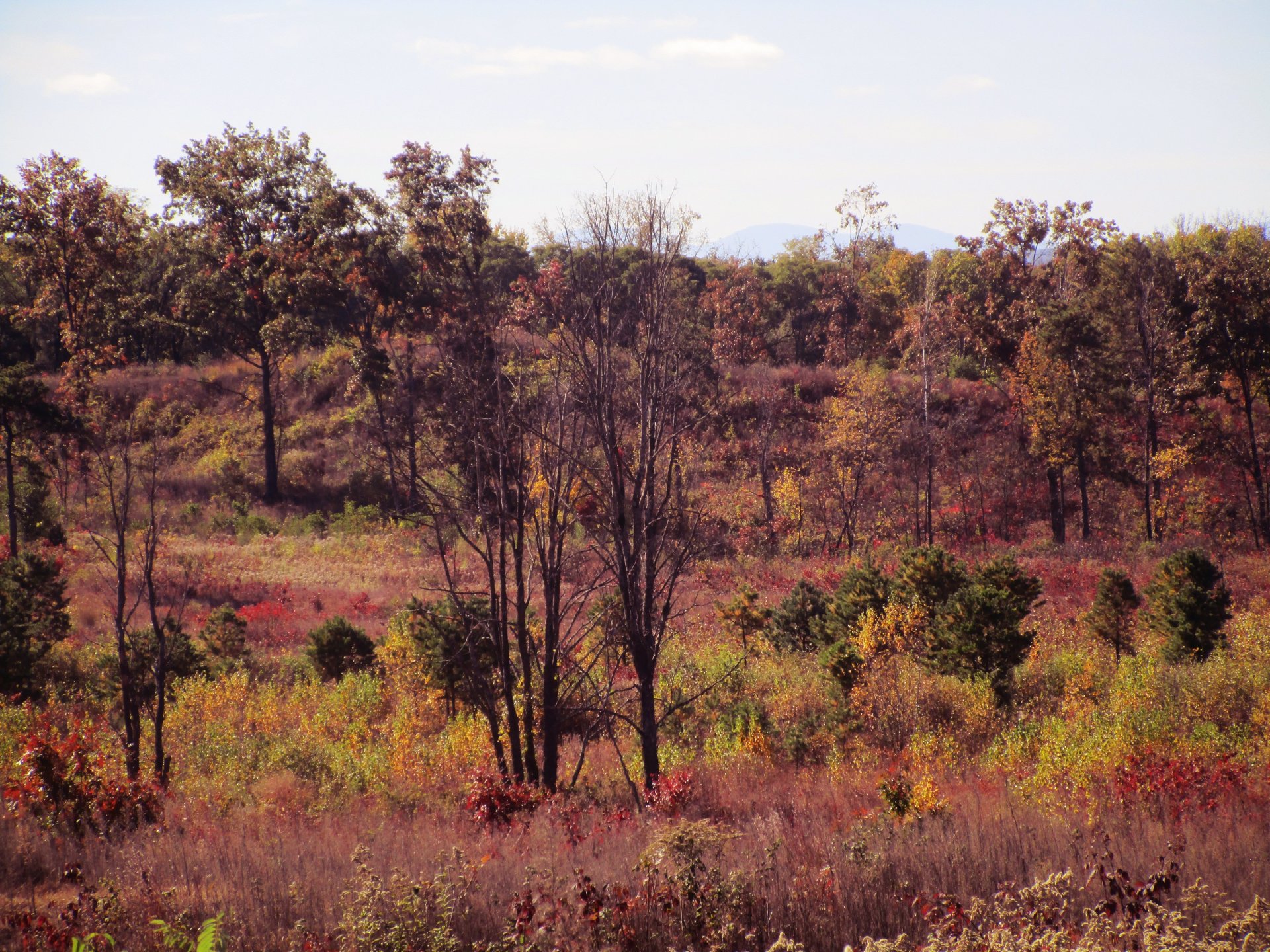by Tom Ellis
ALBANY, NY: Jim Learning of the Grand River Labrador (GRL) and Annie Wilson of the New York Environmental Law and Justice Project (NYELJP), spoke at the April 20th Save the Pine Bush dinner bout existing and proposed hydroelectric projects in Quebec and Labrador, and their health, environmental, and financial impacts on Canadians.
Jim, 78, a GRL board member and NunatuKavut (“Our Ancient Land”) councillor, was at the first stop of a ten-day tour of NY, New England, and Nova Scotia building support for Canadian native peoples to block the $9 billion Muskrat Falls project, under construction on the Churchill River in central Labrador.
He began saying the indigenous peoples of Canada [also called First Nations or Indians], “haven’t been conquered but have been absorbed.” Canadian taxpayers, he said, subsidize electricity from Canada sold in the US and “anytime they build a dam they take out a river.” Jim said the “head honcho resigned yesterday and the board today” of Nalcor Energy Corp, the provincial government corporation established to oversee the construction of the massively over-budget and delayed project that has been described in the Canadian press as a “megaboondoogle”.
Using a PowerPoint, he said, “I am begging you. Push back on taking our electricity.” He said “dams [hydro stations] produce about 23 percent of the world’s methane; “it is not clean. Dams starve the sea of nutrients. We need a front to tell our government not to do this. I want to create a liaison between our group and your group.”
Jim, who was arrested three years ago and endured a six-day hunger strike while jailed protesting the Muskrat project, said the concerns are environmental first and then the price. He said the Muskrat project would “stifle nine rivers.” Methyl mercury, he said, is created in reservoirs behind dams from drowned rotting vegetation. The “hydro companies are poisoning our thousands of year’s old food chain.” He said the North Spur section of the Muskrat project would put a community of 60 people 90 minutes downwind of a massive flash flood should the dam burst. He said water would rise 30 meters behind the dam and the river-bed is made of “quick clay” that can give way without warning.
“First nations all across the country,” he said, “are being victimized by the dams. We are being marginalized but fighting back,” He said one thing he likes about the United States is that “you challenge government. We tend to acquiesce.”
Annie Wilson, NYELJP senior energy policy advisor, said the Rupert River that drains into the southern tip of James Bay in Quebec has now been reversed due to massive hydro development by Hydro Quebec, the provincial utility. She said a fourth dam is now under construction on the formerly free flowing Romaine River, that flows south into north coast of the Gulf of St. Lawrence, about 600 miles east of Montreal. “The only reason for the Quebec and Labrador projects,” she said, “is for export to the USA.”
Annie briefly described the proposed Champlain Hudson Power Express (CHPE) project, a one-way south, 336 mile, direct current extension cord from Quebec to New York City. The electric line would enter New York State at Rouses Point, be buried in trenches under Lake Champlain, come ashore in Washington County and be buried along side or under roads and railroads in Washington, Warren, Saratoga, Albany, and Greene counties, enter the Hudson River from Greene County, be buried in trenches under the Hudson River to Rockland County where it would come ashore through two towns, re-enter the Hudson and East Rivers and come ashore in Astoria, Queens where the direct current would be converted to alternating current and fed into the NYC electrical grid. Annie said there has been no opposition from the Cuomo administration on this project and two NY environmental groups, Riverkeeper and Scenic Hudson, have endorsed this project even though it would disturb more than 20,000 acres of lake and river sediment.
Jim said, “The big part of this is you; if you shut it down, we are saved.” He agreed with Annie that NY and New England are the potential markets for these river-wrecking projects.
See the slides – listen to his talk by clicking here.
Published in May/June 2016
Save the Pine Bush Newsletter
